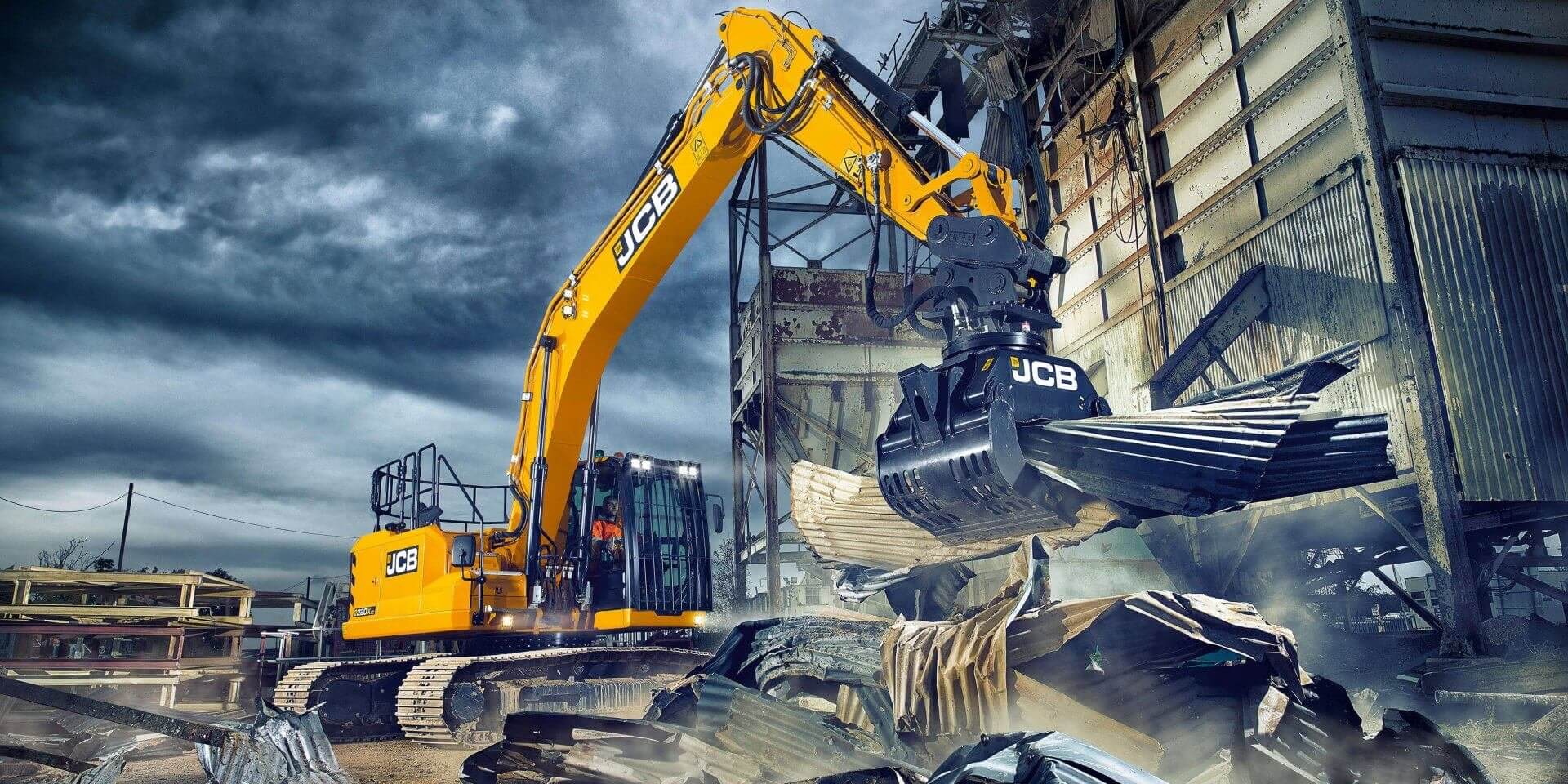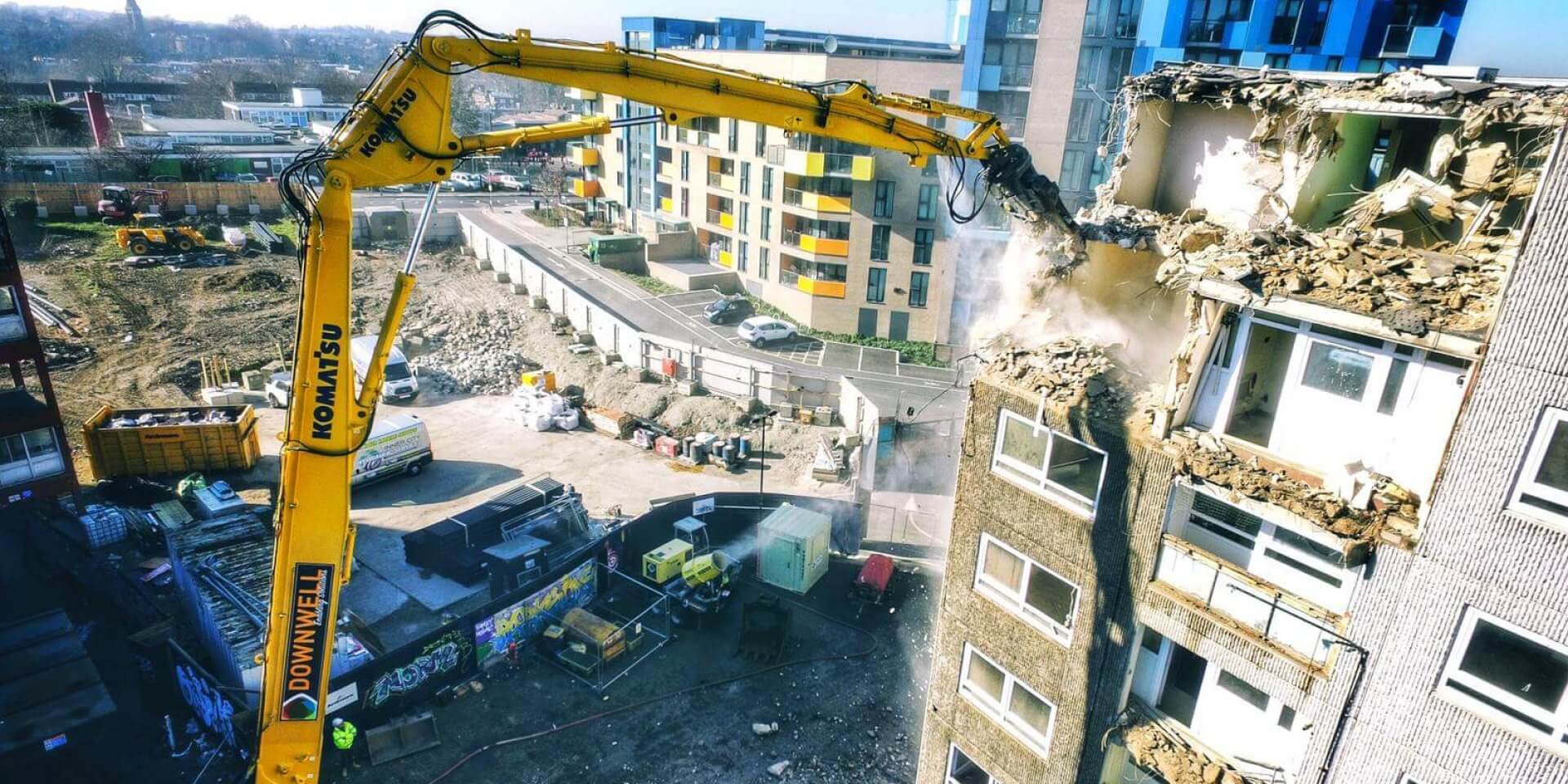Is Save Britain’s Heritage undermining a much-needed resurgence in demolition activity?
As a proud Brit and Londoner, I am every bit as keen on conserving our historic buildings, monuments and architecture as the next man. And, despite the fact that I draw my living (indirectly) from this business, I would be the first to agree that demolition should never be carried out “willy-nilly” or on a whim.
But the recent landmark court case ruling in favour of Save Britain’s Heritage and the organisation’s subsequent victory – albeit temporary – in its campaign to safeguard a number of Liverpool houses, including Ringo Starr’s childhood home, really could not have come at a worse time for the UK demolition business.
In truth, the appeal court ruling requiring property developers to seek planning consent before undertaking demolition on certain buildings does not directly impact upon the demolition business. The new rules could, however, impact upon the time it takes for demolition permission to be granted and, in some cases, could prevent demolition altogether.
For the past three years, the UK demolition business has been forced to contend with declining workloads and thinning profit margins. It has seen some long-established businesses go out of business and others simply throw in the towel in the face of a seemingly bottomless trough coupled with escalating costs and ever-more stringent regulation.
And now, just as the market starts to show signs of life and recovery, along comes a no doubt well-intentioned organisation armed with a large bag of throwing spanners aimed squarely at the inner workings of an already beleaguered industry sector.
Yes, we need to protect our historic buildings and monuments and we would not dare to suggest otherwise. But when lawmakers and government departments are considering applications for demolition, there is a useful statistic to bear in mind in these times of fragile recovery.
According to the much-respected UK construction magazine Building, construction remains the country’s largest employer; and each pound invested in construction delivers a £2.84 return to the UK economy.
Demolition might still be regarded by many as construction’s poor relation. But in an island nation with increasingly limited space, very little construction now takes place that did not begin with some form of demolition or enabling works.
So every time Save Britain’s Heritage stands in the way of a proposed demolition, it is blockading an economic recovery for demolition, for construction and for the country as a whole.






 Today’s demolition professionals are well-equipped to deal with structures of increasingly huge heights constructed from concrete and steel. But imagine tackling the demolition of a seven metre diameter water wheel constructed from English oak with little more than the brute strength and ingenuity of the demolition workers at your disposal.
Today’s demolition professionals are well-equipped to deal with structures of increasingly huge heights constructed from concrete and steel. But imagine tackling the demolition of a seven metre diameter water wheel constructed from English oak with little more than the brute strength and ingenuity of the demolition workers at your disposal. Workers from
Workers from 